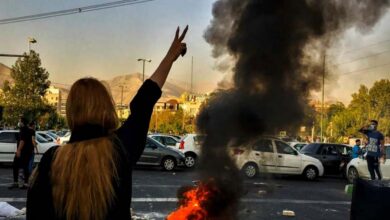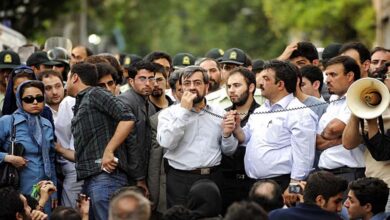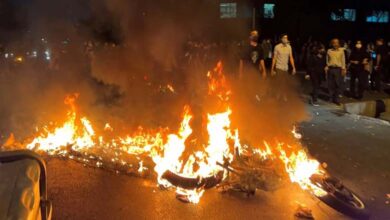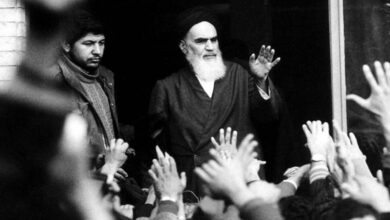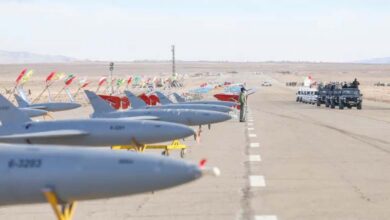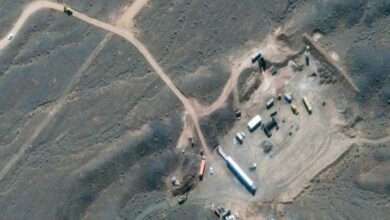Associated Press: Iran Develops its Nuclear Program by Installing a Series of Centrifuges
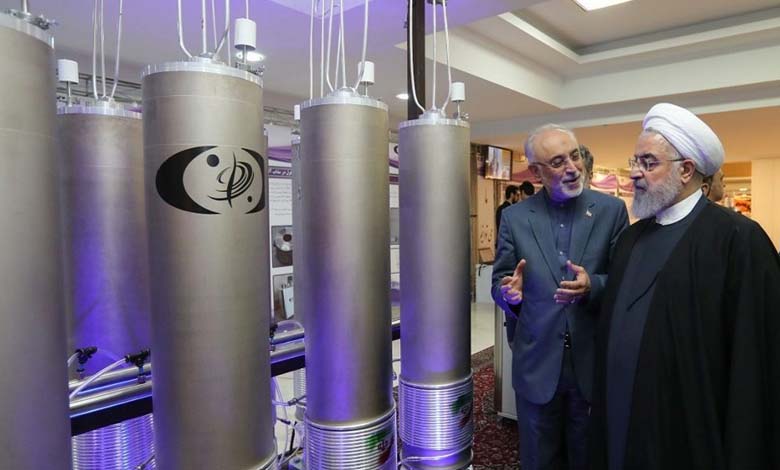
The International Atomic Energy Agency (IAEA) of the United Nations announced on Friday that Iran has begun operating new sets of advanced centrifuges and plans to install more in the coming weeks after facing criticism over its nuclear program. The United States described these moves as a “nuclear escalation,” according to the American news agency Associated Press.
Nuclear Advancement
The Associated Press confirmed that operating new centrifuges would further advance Iran’s nuclear program, which is already enriching uranium to levels close to those needed for weapons manufacturing, boasting enough stockpile to make several nuclear bombs if it chose to.
It added that the IAEA’s recognition did not include any reference to Iran planning to reach higher enrichment levels amid broader tensions between Tehran and the West, with the ongoing war between Israel and Hamas in Gaza.
The IAEA stated that its inspectors verified on Monday that Iran had begun feeding uranium into three sets of advanced IR-4 and IR-6 centrifuges at the Natanz enrichment facility. Cascades are a series of centrifuges that spin uranium gas together to enrich uranium more quickly.
Iran’s Nuclear Program
The American agency added that so far, Iran has been enriching uranium in these cascades to a purity of up to 2%, while it is already enriching uranium to up to 60%, a technical step away from the 90% weapons-grade level.
Iran also plans to install 18 cascades of IR-2m centrifuges at Natanz and eight sets of IR-6 centrifuges at the Fordo nuclear site. Each of these centrifuge categories enriches uranium faster than Iran’s basic IR-1 centrifuges, which remain the backbone of the country’s atomic program.
Tehran did not immediately acknowledge the decision. This comes after Iran threatened to take action following a vote earlier this month by the IAEA’s Board of Governors criticizing Iran for failing to fully cooperate with the agency.
US Criticism
The decision immediately drew criticism from State Department spokesperson Matthew Miller.
Miller said in a statement: “Iran aims to continue expanding its nuclear program in ways that have no credible peaceful purpose.”
He added: “These planned actions further undermine Iran’s claims to the contrary. If Iran implements these plans, we will respond accordingly.”
The American agency added that Miller did not clarify what steps the United States and its allies might take. However, Iran already faces severe economic sanctions from Washington and other countries, which have significantly impacted its economy and led to a depreciation of its currency, the rial, in recent years.
Since the collapse of the 2015 nuclear deal with world powers after the United States’ unilateral withdrawal in 2018, Iran has continued enriching uranium to levels just below weapons-grade. US intelligence agencies and others estimate that Iran has not yet launched a weapons program.
Iran, as a signatory to the Nuclear Non-Proliferation Treaty, has pledged to allow the IAEA to visit its nuclear sites to ensure the peaceful nature of its program.
Tehran also agreed to additional oversight by the IAEA as part of the 2015 nuclear deal. However, it has restricted inspector access to sites for years and has not fully answered questions regarding other sites where nuclear materials were found in the past.
IAEA Director General Rafael Mariano Grossi visited Iran in May in an effort to bolster inspections, but there has been no major public change in Iran’s stance.
-
European Powers Pressure Iran to Halt Nuclear Violations
-
Iran’s Nuclear Calculations Become More Dangerous After Escalation with Israel
All this comes as Iran also seems to be trying to contain the risk it faces from the United States after launching an unprecedented attack on Israel.
This attack, in response to a suspected Israeli raid on April 1 that killed two IRGC generals and others in Damascus, Syria, brought the years-long shadow war between Israel and Iran into the open.


